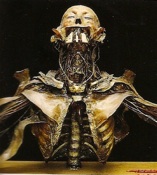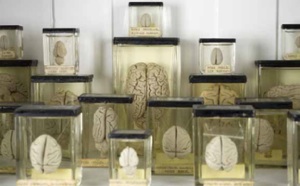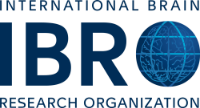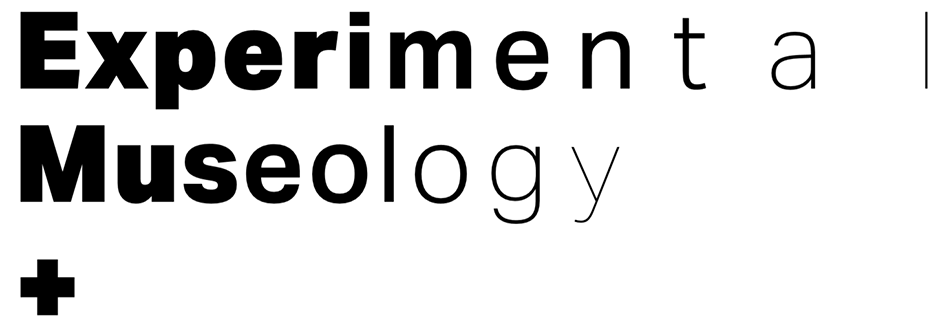France | Paris |
| Website |
|
About France’s largest collection of anatomical models and specimens began as small collection cultivated by Honore Fragonard (a professor of anatomy at the University of Paris). The collection was enhanced by Mathieu Orfila ( the dean of Medicine at U. of Paris), after he visited London’s Huntarian. In true french patriotism he sought to out shine the British. The museum contains specimens of humans and animals, including embryological reconstructions and pieces of neuro-anatomy. |
Relevant People:Honore Fragonard |











